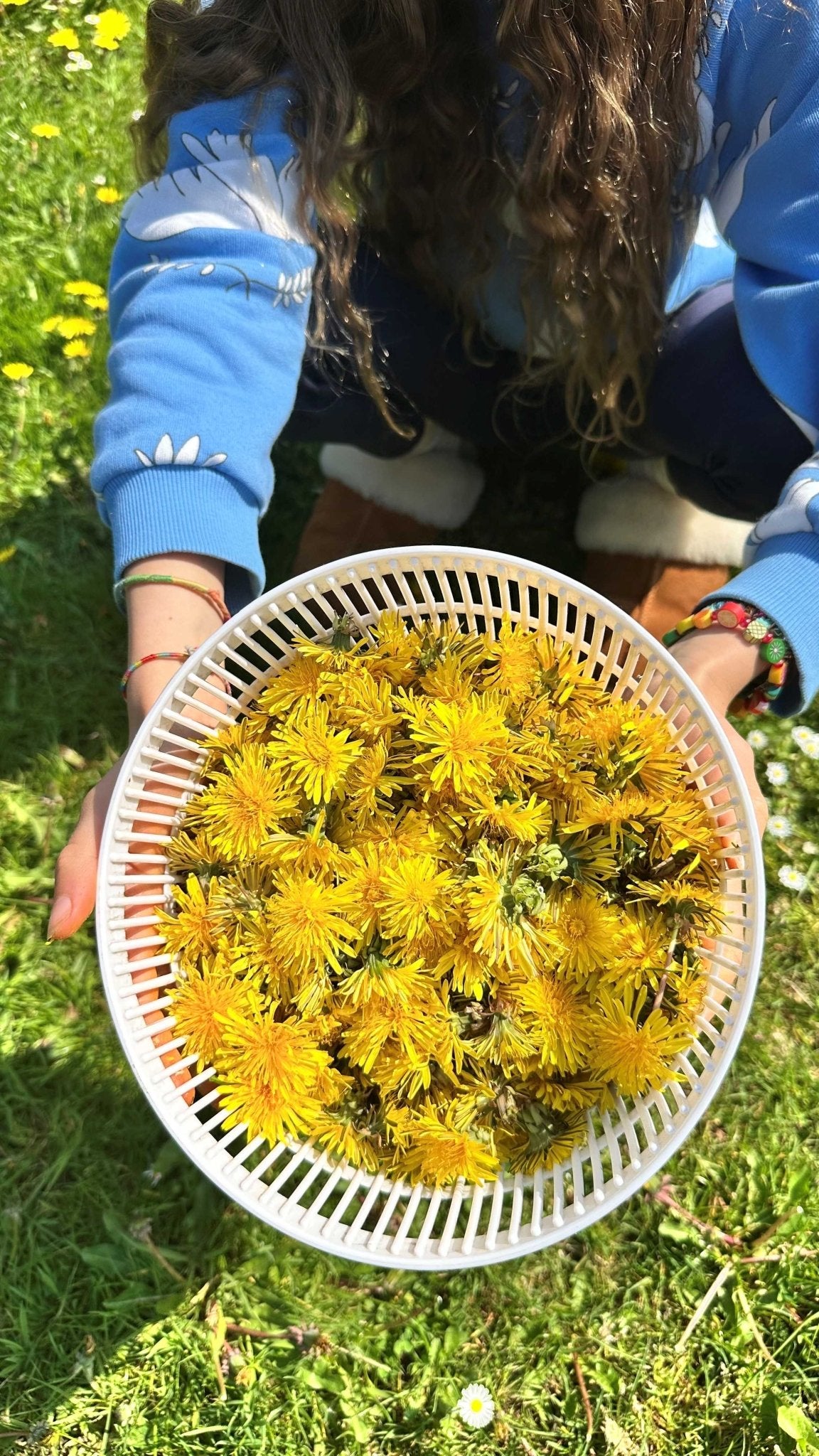We usually keep our newsletters fairly short which is ironic as we often joke that we can put more meaning and concept into a piece of bedding than would perhaps be deemed sensible. But as creators of Forivor, this is what brings Alice and I such joy - to create things of beauty that can constantly be peeled back to reveal new layers of meaning and conversation around the themes we explore.
So to try something new, I thought I'd take the helm on this newsletter and share with you just one of the thoughts that have been ruminating as we developed our Once Upon a Feast collection. Please do let us know what you think and if you would like to read more like this, we really do value your feedback!
I recently finished reading my daughter Remie The Hobbit. Tolkien is steeped in such nostalgia and memories of myself and my brothers terrified of the dark riders as our dad read this epic trilogy to us tucked away in a little valley under the Black Mountains in our little house with no electricity with paraffin lamps and wood fires. Our existence itself felt like it could have been taken straight from Tolkien's books and although I don't read much fantasy these days I couldn't wait to read his books to Remie when she was old enough.
It must have been at least twenty years since I'd last read The Hobbit, and as Bilbo stumbled out of the mountain after meeting Gollum for the first time, I stumbled upon a passage in his writing that immediately stuck with me as it was at the same time that we were finishing all the prints for our new Once Upon a Feast collection.

There's nothing particularly dramatic here but the detailed description of Bilbo looking for something to eat and the casual identification of food around him made me also think of Robert McFarlane's important "Lost Words" book and how important it is that we rebuild our knowledge of the natural world around us. In the simplest sense knowing what is growing can help provide a tasty snack on a walk (blackberries, wild strawberries and sorrel) or a free and delicious addition to a meal (wild garlic, nettles, dandelion leaves).

|
 |
Knowing how important it is to increase the variety of foods in our diet (we should be aiming for at least 30 different plant foods in a week), being able to identify and eat food that grows around us is a lovely fun and cheap way to get the whole family upping their plant variety and improving their gut microbiome. I also really believe (and Forivor is founded on this principle) that if we understand and know more about the natural world around us we will be more invested in its protection.
Coming back to Bilbo Baggins for a moment, it jumped out at me as this piece of text felt ancient in the way that in Tolkien's era, the casual identification of food on a walk would have been commonplace and not given a fancy title like foraging. Just a very sensible thing to do and why it felt so casual in the way he wrote it. We hope that if you own some of our new Once Upon a Feast collection it inspires you and your family to learn more about the plants around us - what is good to eat, what is good but not tasty and of course the things that are poisonous and to avoid too!
As well of my memories of being read Tolkien by the fire in the hills under the mountains, one of my favourite childhood memories is sitting in the field outside my home with my brothers eating as much sorrel as we could find. To this day it is still my favourite thing to pick and eat when I'm out on a walk, makes your mouth water in the same way a pack of salt and vinegar crisps can!
Now I'm a grown up and don't have time to spend hours sitting in a field eating sorrel, I am currently heading outside at lunchtime and dinner to pick a few dandelion leaves to add into my evening meal - just a pinch of salt massaged through it and a squeeze of lemon and its delicious (and very good for you).

If you've got this far in your busy day to read my thoughts on this, thank you.
With love from the Welsh borders,
X Rebecca
Ps. Our tablecloths, napkins and bibs do of course feature some lovely wild plants and food to encourage some dinner table conversations and gentle learning about the food around us. You can browse them here



